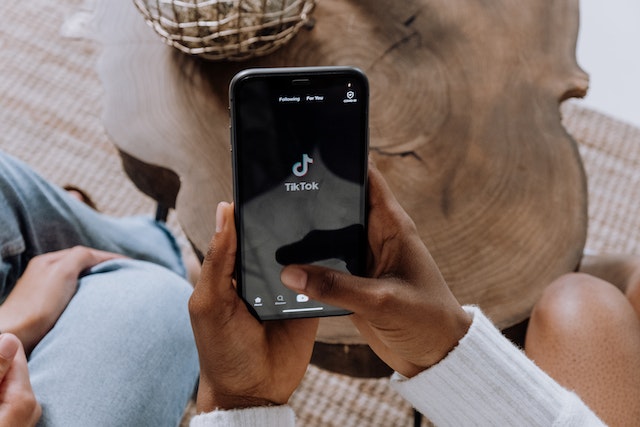While TikTok users have had access to goods purchases via adverts for some time, they have previously been sent to an in-app browser to complete their transaction. With TikTok Shop, the purchasing process happens entirely inside the app, giving the user a more smooth and natural experience. In a similar manner, Instagram Store operates.
TikTok Store has been accessible in a few countries globally, such as Singapore, Indonesia, and Vietnam, for over a year. According to earlier reports, TikTok abandoned plans to introduce Shop to the United States and other regions of Europe after the project apparently failed to take off in the U.K. With these continuing studies, TikTok seems to think there is a demand for shops in the U.S.
The business has been putting money into other retail options in addition to TikTok Shop. The app and Instacart collaborated to allow food bloggers to create shoppable lists that were connected to recipe videos in March. Later in June, it began testing a specific shopping feed that acted as a central location for items being offered in various markets on TikTok Shop. Also, it experimented with live shopping in a variety of regions, including the U.K. and numerous Southeast Asian nations.
Competitor apps are reducing their e-commerce efforts while TikTok continues to concentrate on retail services. Instagram stated this month that it is discontinuing its live shopping endeavors after removing the shop button in January. Facebook's live shopping function was likewise discontinued in August 2022. In the meanwhile, Amazon tested live shopping in a number of markets. Moreover, YouTube added additional live shopping options in May, such as the ability for two creators to broadcast simultaneously.
Yet, there is no proof that these initiatives are having the same impact on Western countries' online sales as they have in Asia. According to reports, social commerce accounts for just 5% of e-commerce transactions in the United States.














